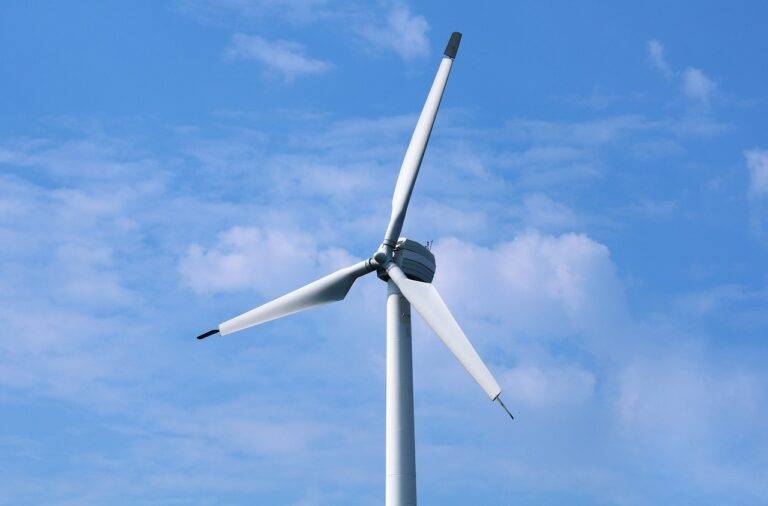The Impact of Tech on Supply Chain Sustainability and Carbon Footprint Reduction
Supply chain efficiency has been greatly enhanced by the integration of technology in various processes. Automation of tasks such as inventory management and order processing has significantly reduced human errors and streamlined operations. Additionally, the use of data analytics and predictive modeling has enabled businesses to make more informed decisions, leading to better planning and resource allocation.
Furthermore, the implementation of technologies like RFID and barcoding has improved tracking and visibility throughout the supply chain. This has allowed for real-time monitoring of products, leading to quicker identification of potential bottlenecks or issues in the system. Overall, technology has played a crucial role in enhancing supply chain efficiency by optimizing processes and improving overall productivity.
Innovative Solutions for Reducing Carbon Emissions in the Supply Chain
One innovative solution for reducing carbon emissions in the supply chain is the utilization of alternative transportation methods, such as electric vehicles and bicycles. By incorporating these eco-friendly options into the transportation network, companies can significantly decrease their carbon footprint and contribute to a more sustainable supply chain. In addition to reducing emissions, these alternative transportation methods also offer cost-saving benefits in the long run, making them a practical and environmentally conscious choice for businesses looking to mitigate their impact on the environment.
Another effective strategy for reducing carbon emissions in the supply chain is the implementation of sustainable packaging practices. This involves using materials that are either biodegradable, recyclable, or made from renewable sources. By opting for eco-friendly packaging solutions, companies can minimize waste generation and reduce the overall environmental impact of their supply chain operations. Additionally, adopting sustainable packaging practices can also enhance brand reputation and appeal to environmentally conscious consumers, providing a competitive edge in the market.
• Utilization of alternative transportation methods such as electric vehicles and bicycles
• Decrease carbon footprint and contribute to a more sustainable supply chain
• Cost-saving benefits in the long run
• Implementation of sustainable packaging practices
• Use of biodegradable, recyclable, or renewable source materials for packaging
• Minimize waste generation and reduce environmental impact
• Enhance brand reputation and appeal to environmentally conscious consumers
Implementing IoT to Track and Reduce Environmental Impact
Incorporating Internet of Things (IoT) technology in supply chain management has revolutionized the way businesses track and reduce their environmental impact. By utilizing IoT devices such as sensors and RFID tags, companies can monitor their carbon footprint at every stage of the supply chain, from production to delivery. This real-time data enables them to identify areas of inefficiency and implement targeted strategies to reduce greenhouse gas emissions.
Furthermore, IoT technologies allow for greater transparency and traceability within the supply chain, making it easier for companies to adhere to sustainability standards and regulations. By collecting and analyzing data on energy consumption, transportation routes, and waste generation, businesses can make informed decisions to optimize their operations and minimize environmental harm. With IoT-enabled tracking systems, companies can proactively address environmental concerns and work towards a more sustainable future.
How can technology improve supply chain efficiency in reducing environmental impact?
Technology can improve supply chain efficiency by providing real-time data on energy consumption, emissions, and waste generation, allowing companies to identify areas for improvement and implement targeted solutions.
What are some innovative solutions for reducing carbon emissions in the supply chain?
Some innovative solutions for reducing carbon emissions in the supply chain include optimizing transportation routes, using renewable energy sources, implementing green packaging practices, and adopting IoT devices for monitoring and controlling energy usage.
How does implementing IoT help track and reduce environmental impact?
Implementing IoT devices allows companies to collect data on environmental metrics such as energy consumption, emissions, and waste generation in real time. This data can be used to identify inefficiencies and implement targeted solutions to reduce environmental impact.





